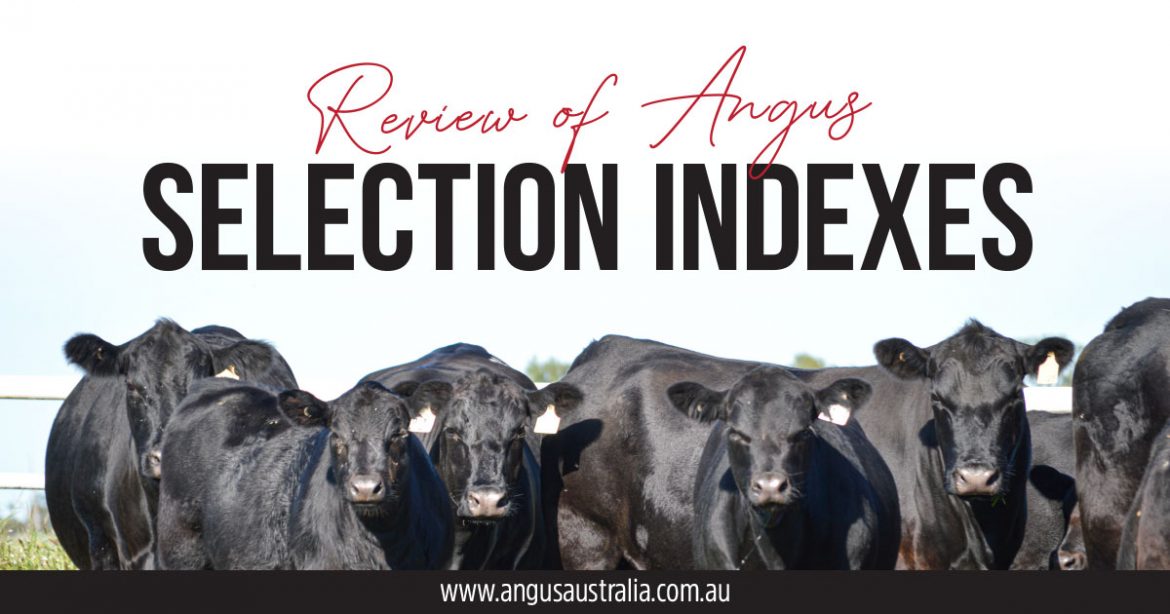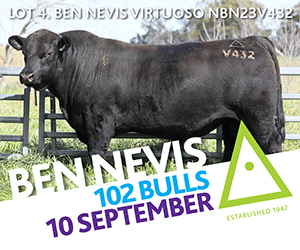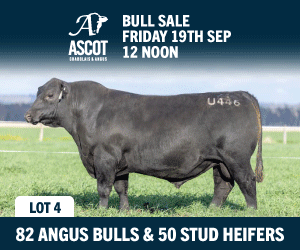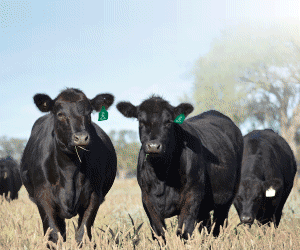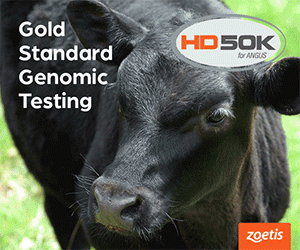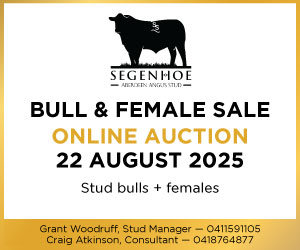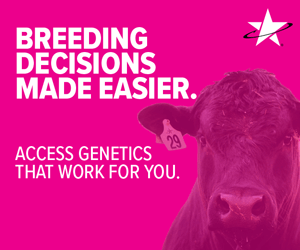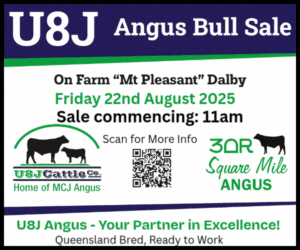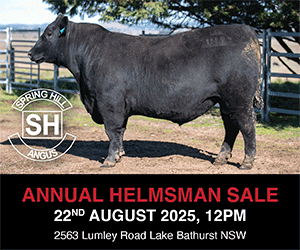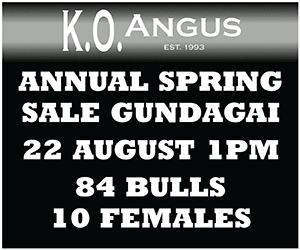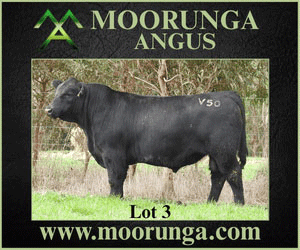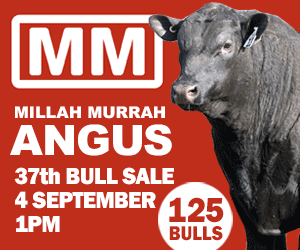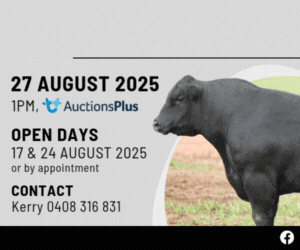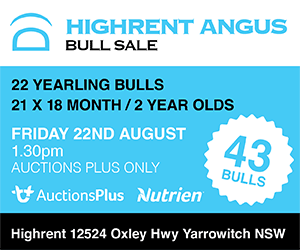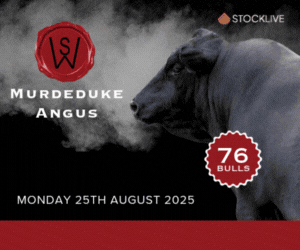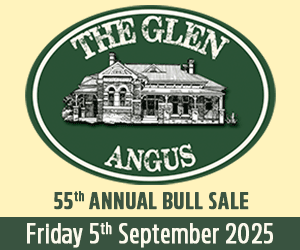The review and updating of the selection indexes that are published in the TransTasman Angus Cattle Evaluation continues to progress.
asdf
The Angus Breeding Index, Domestic Index, Heavy Grain Index and Heavy Grass Index, are economic indexes that balance the genetic merit of animals for individual traits to produce an overall “score” of an animal’s combined genetic value for the breeding objective defined by each index.
The economic and production parameters that underpin the four selection indexes, along with the software that is used to calculate the index values, were updated in December 2020. However, based on feedback from members, the updates were removed to enable further consultation and development to be undertaken during 2021.
The first stage of this consultation was undertaken in April with the conduct of a member survey, and the facilitation of a number of focus groups.
Further information regarding the outcomes from this consultation, along with the next steps that will be undertaken in the updating of the selection indexes, is available below.
ANGUS AUSTRALIA MEMBERS HAVE THEIR SAY
Angus Australia members, and other interested parties, were invited to provide feedback on the selection indexes via an online survey and a series of focus group consultations conducted during April 2021.
Feedback was sought on the importance that members place on selection indexes within their breeding enterprise, reactions to the updates that were made to the selection indexes in December 2020, suggested improvements to the manner in which selection indexes are calculated and displayed, and desired outcomes in the next five years in their Angus breeding programs.
FEEDBACK FROM THE ONLINE SURVEY
A total of 199 individuals completed and returned the survey to Angus Australia, with 98% of respondents being Angus Australia members, including a mix of seedstock producers, commercial producers, service providers, semen distributors and feedlotters.
Respondents indicated that they placed importance on the selection indexes that are published within the TransTasman Angus Cattle Evaluation, with an average importance ranking across all respondents of 6.04 out of 9. 54% of respondents placed high importance on the selection indexes (i.e. importance ranking of 7 or greater).
Of the individual selection indexes, the Angus Breeding Index was index of most relevance to respondents. However, all four selection indexes were deemed to be of high importance to at least some respondents, confirming that continued publication of all four selection indexes is warranted.

Survey responses regarding the updates that were made to the selection indexes in December 2020 revealed two very distinct groups of respondents, with 33% of respondents indicating that they supported the updates (ranking of 7 or higher), and 43% of respondents indicating that they did not support the updates (ranking of 3 or lower).
Support for the updates in December 2020 was linked closely to the importance that respondents placed on selection indexes, with respondents being most opposed to the selection indexes also being those members who placed less importance on the selection indexes. Respondents who did not support the updates also generally had smaller herd sizes than those who did support the updates.

The existence of two distinct groups of respondents was further evident in the feedback regarding the specific aspects of the December 2020 updates.
Respondents who supported the updates placed high importance on the use of the latest available software when calculating the selection indexes and on the updating the economic and production parameters that are modelled. Those respondents who did not support the updates placed less importance on these aspects.
Similarly, respondents who supported the updates believed the correct type of animals ranked highly on the updated selection indexes, and the updated selection indexes better balanced female and steer traits, whereas those who didn’t support the updates tended to disagree with these statements.


FEEDBACK FROM THE FOCUS GROUPS
Six focus groups were conducted, including 31 participants from across New South Wales, Victoria, Queensland, South Australia, Western Australia and Tasmania.
The focus groups highlighted that there is great diversity in the importance that Angus breeders place on selection indexes, and the role that selection indexes play within each breeding enterprise varies considerably. Selection indexes were generally considered to play a greater role in the marketing of Angus seedstock cattle relative to their use as a selection tool.
Consistent with the results from the online survey, focus group participants expressed a diversity of views regarding the selection index updates that were released in December 2020.
Those participants whose breeding objectives aligned with the updated selection indexes generally supported the updates, whereas those participants whose breeding objectives did not align were generally very critical of the updates that were made.
Moving forward, participants at the focus groups indicated support for the calculation of breed standard selection indexes. However, there was a widely held view that consideration should be given to not displaying the selection indexes as prominently in the Angus Database Search facility, and that greater focus should be given to the availability of selection indexes as a selection tool, rather than as a marketing tool.
Feedback supported the availability of a greater range of selection indexes to better accommodate the diverse range of production systems and breeding objectives that exist across Australia. In addition, it was suggested that greater ability should be available to enable seedstock breeders to choose which selection indexes, if any, are displayed in their marketing materials.
WHERE TO FROM HERE?
With the completion of the online survey and focus groups, the Angus Australia Board participated in a workshop on May 27th 2021 to review the feedback obtained during the consultation process, and determine a strategy for the future calculation and display of selection indexes.
Presentations were delivered during the workshop by geneticists with expertise in selection index development from the Animal Genetics & Breeding Unit, the Agricultural Business Research Institute, AbacusBio and Angus Australia.
Arising from the workshop, a series of selection indexes will now be developed and made available as research selection indexes for industry review and consultation. These research selection indexes will expand on the selection indexes that were released in December 2020 to better accommodate the diverse range of breeding objectives that exist among Angus breeders.
The research selection indexes will be made available via the Angus Database Search facility in a similar manner to how research breeding values are currently presented. It is planned that the research selection indexes will be available by July 31st, 2021.
The availability of the research selection indexes will be accompanied by the delivery of a communication and extension program in August 2021 to present the research selection indexes to Angus breeders.
A key component of the communication program will be the facilitation of an Angus CONNECT online event featuring a series of presentations outlining how selection indexes are calculated, the features of the BreedObject software that is used to calculate them, and how selection indexes can be incorporated into a selection program.
Once Angus breeders have had time to familiarise themselves with the research selection indexes, further member consultation will be facilitated during September/October 2021 to gather feedback and fine tune the research selection indexes.
The member consultation will include an online survey, focus group sessions, and review by the Genetic Evaluation Consultative Committee.
Subject to the feedback received during the member consultation, the selection indexes that are published in the TransTasman Angus Cattle Evaluation will be updated in late November in association with the December 2021 analysis.


